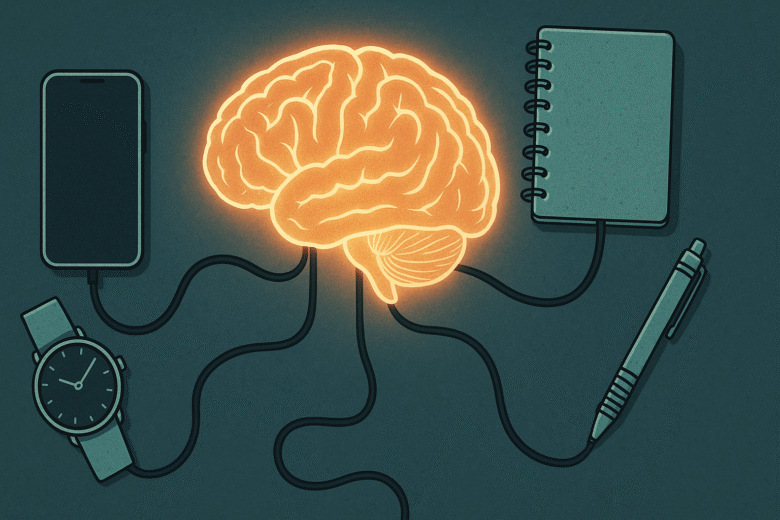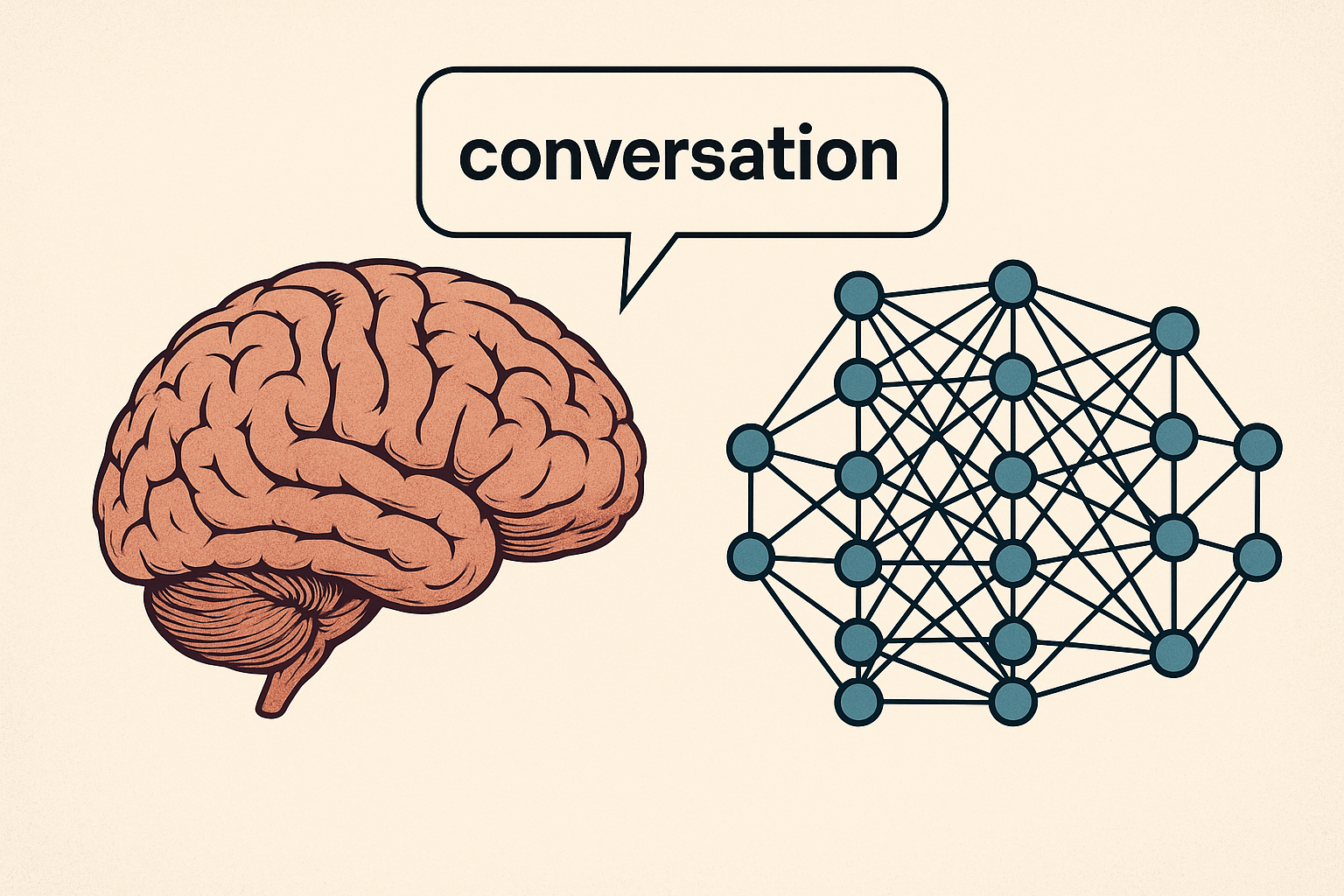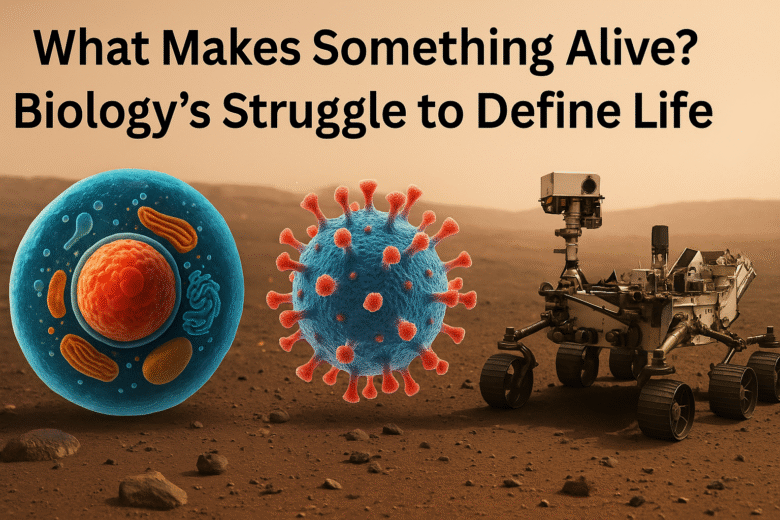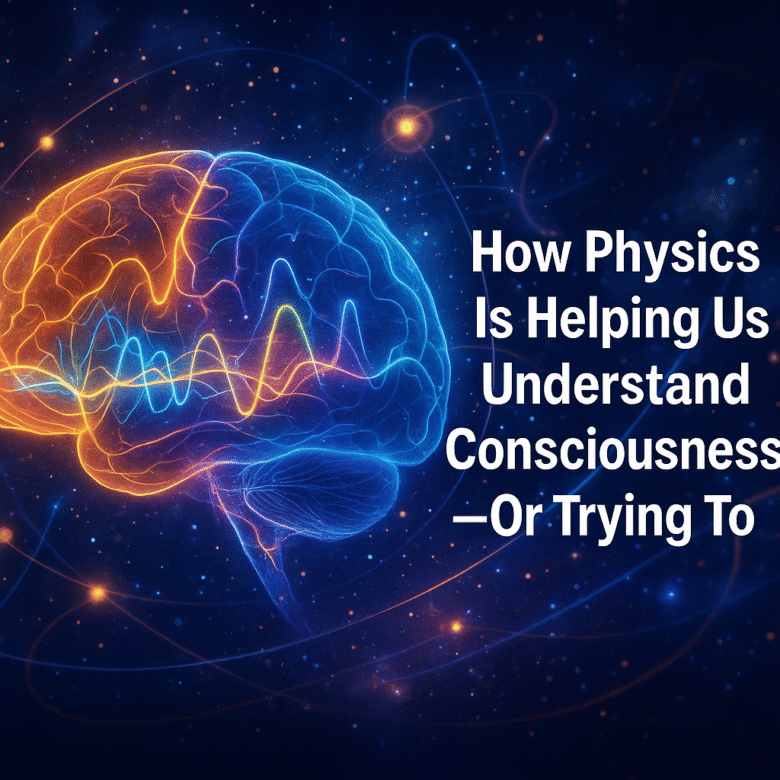Did you know that whales once walked on land with four sturdy legs? That’s right—the largest creatures in the ocean today were once furry, hoofed animals roaming ancient riverbanks. This fun fact isn’t just trivia; it’s a reminder of a bigger truth: evolution isn’t linear. We often imagine evolution as a neat staircase—fish turn into …
Did you know that a single ant colony can stretch across thousands of kilometres, making it one of the largest “organisms” on Earth? Welcome to The Secret Social Lives of Ants, Trees, and Fungi—a story that forces us to rethink what “society” really means. We often reserve the word for humans, imagining cities, WhatsApp groups, …
Fun fact: Jellyfish have been floating through Earth’s oceans for more than 500 million years—long before dinosaurs ever stomped the land. Dinosaurs, with their massive bodies and razor-sharp teeth, dominated Earth for nearly 165 million years. And yet, they vanished in a flash when an asteroid hit about 66 million years ago. Jellyfish, delicate and …
Fun fact: A six-month-old baby already knows that if you drop a ball, it should fall—not float. Yes, before babies can say “mama” or “papa,” they already carry an intuitive grasp of gravity, solidity, and cause-and-effect. This astonishing insight is at the heart of modern developmental science. The topic—Why Babies Understand Physics Before They Learn …
Fun fact: When you count on your fingers, you’re literally expanding your brainpower beyond your skull. We tend to imagine the brain as a self-contained control centre, a wrinkled lump of Gray matter doing all the heavy lifting inside our skulls. But what if that’s not the full picture? What if your “mind” isn’t locked …
Fun fact: In 1966, a simple chatbot named ELIZA fooled people into thinking it understood them—just by rephrasing their words into questions. That was nearly 60 years ago, yet here we are in 2025 still asking: Do machines really “understand”? The Turing Test and Its Successors: Can Machines Really ‘Understand’? remains one of the most …
Did you know that sand dunes can actually “sing”? In some deserts, moving grains of sand hum like an orchestra, producing deep, booming sounds that scientists are still trying to fully explain. Welcome to the strange and mesmerizing world of dunes—where chaos creates order. At first glance, sand dunes look like random heaps sculpted by …
Fun fact: Viruses, which cause everything from the common cold to COVID-19 (Coronavirus Disease 2019), are not technically considered “alive” by many biologists. It seems like the simplest question in science: what makes something alive? We all think we know the answer. Dogs are alive. Rocks are not. Plants are alive. Plastic is not. But …
Fun fact: Physicist Roger Penrose, who won the Nobel Prize for black hole research, has also proposed a theory linking quantum physics to human consciousness. For centuries, philosophers and poets wrestled with the mystery of consciousness—the vivid, private experience of being alive. What makes the light “on” in your head? Why do neurons firing in …
Fun fact: Elephants, despite weighing up to 6,000 kilograms and having trillions more cells than humans, almost never get cancer. Why do some animals seem to live longer, healthier lives than we do, almost thumbing their noses at cancer while humans spend billions fighting it? This paradox is at the heart of the question: Why …










